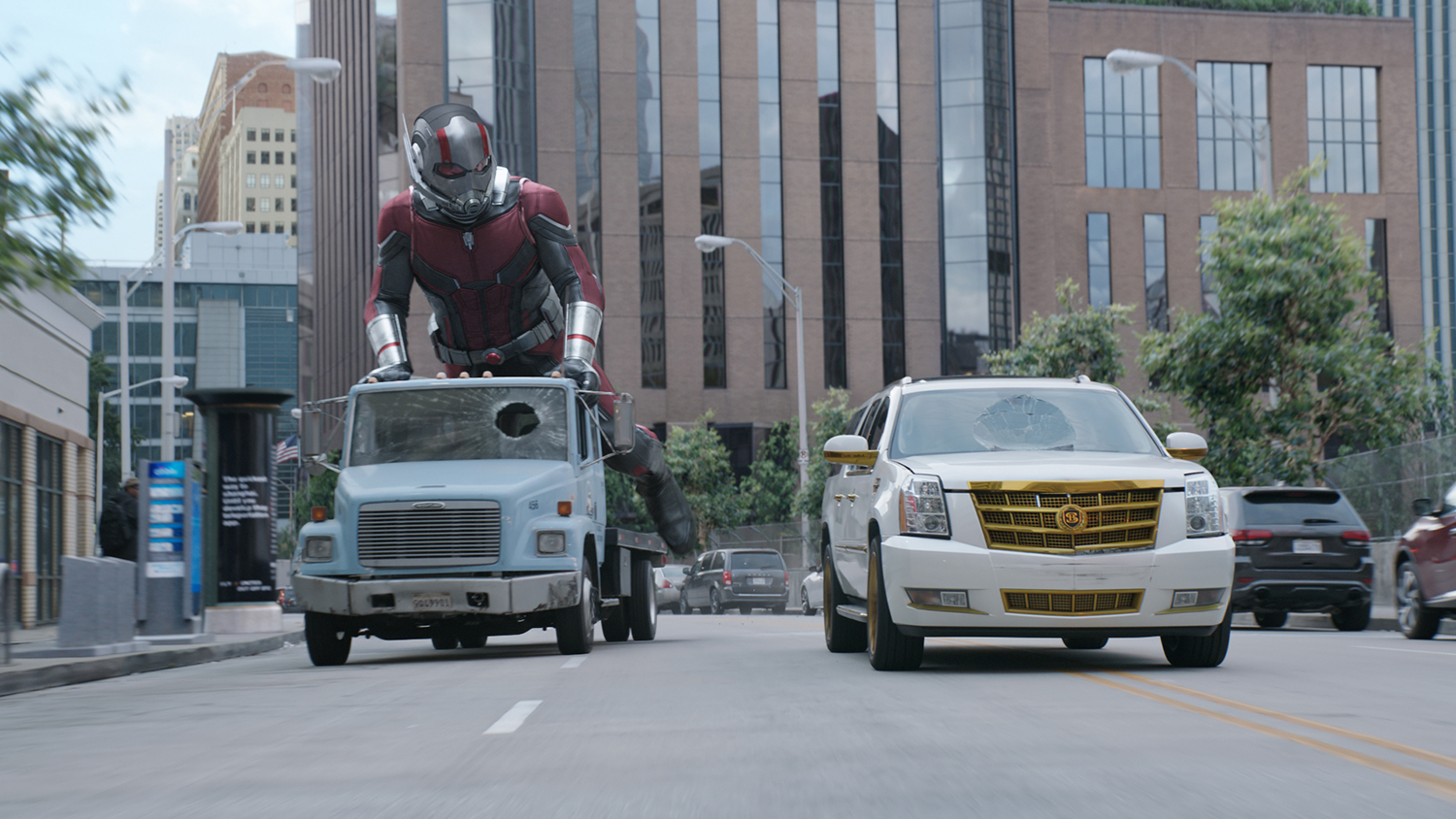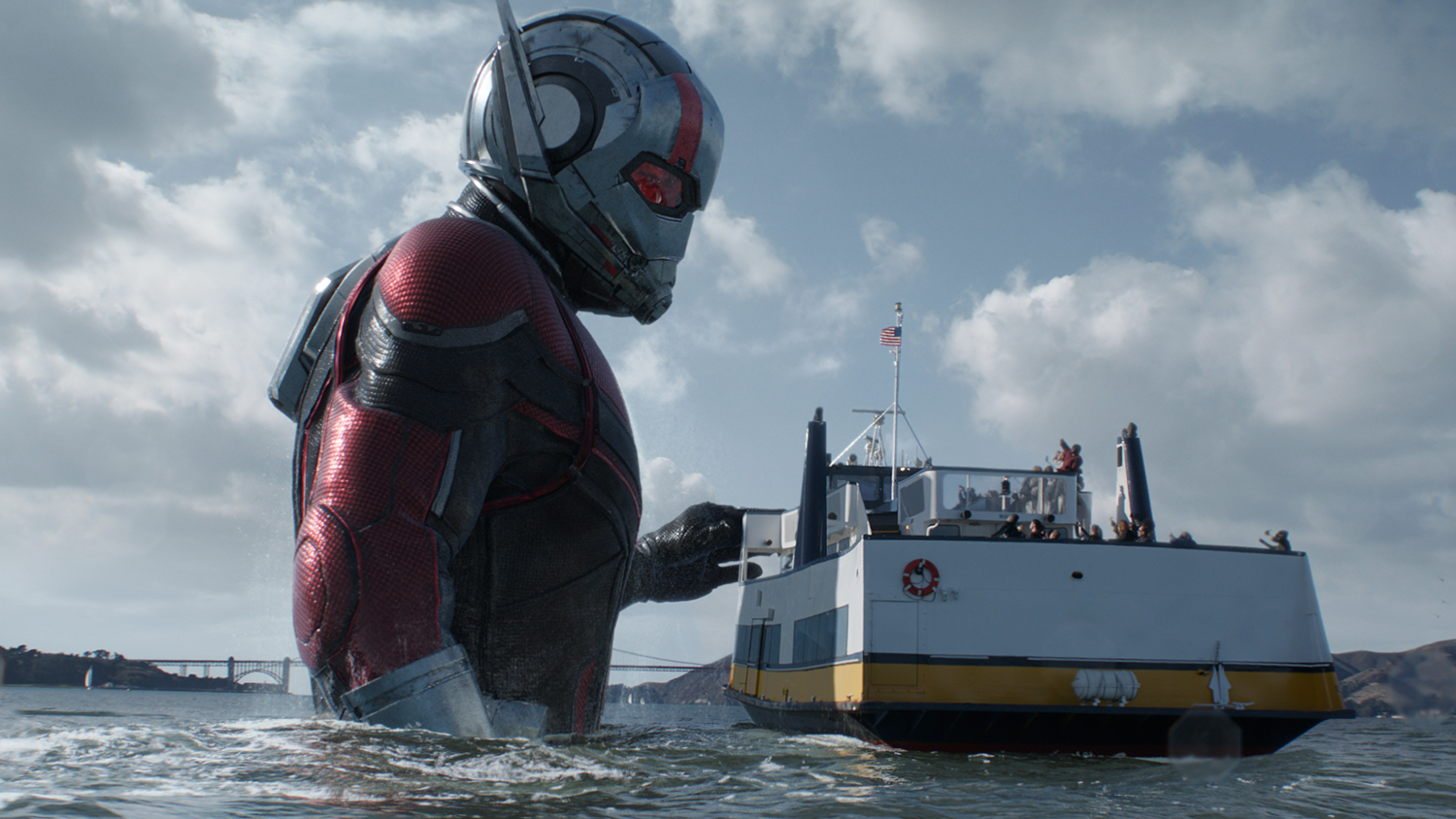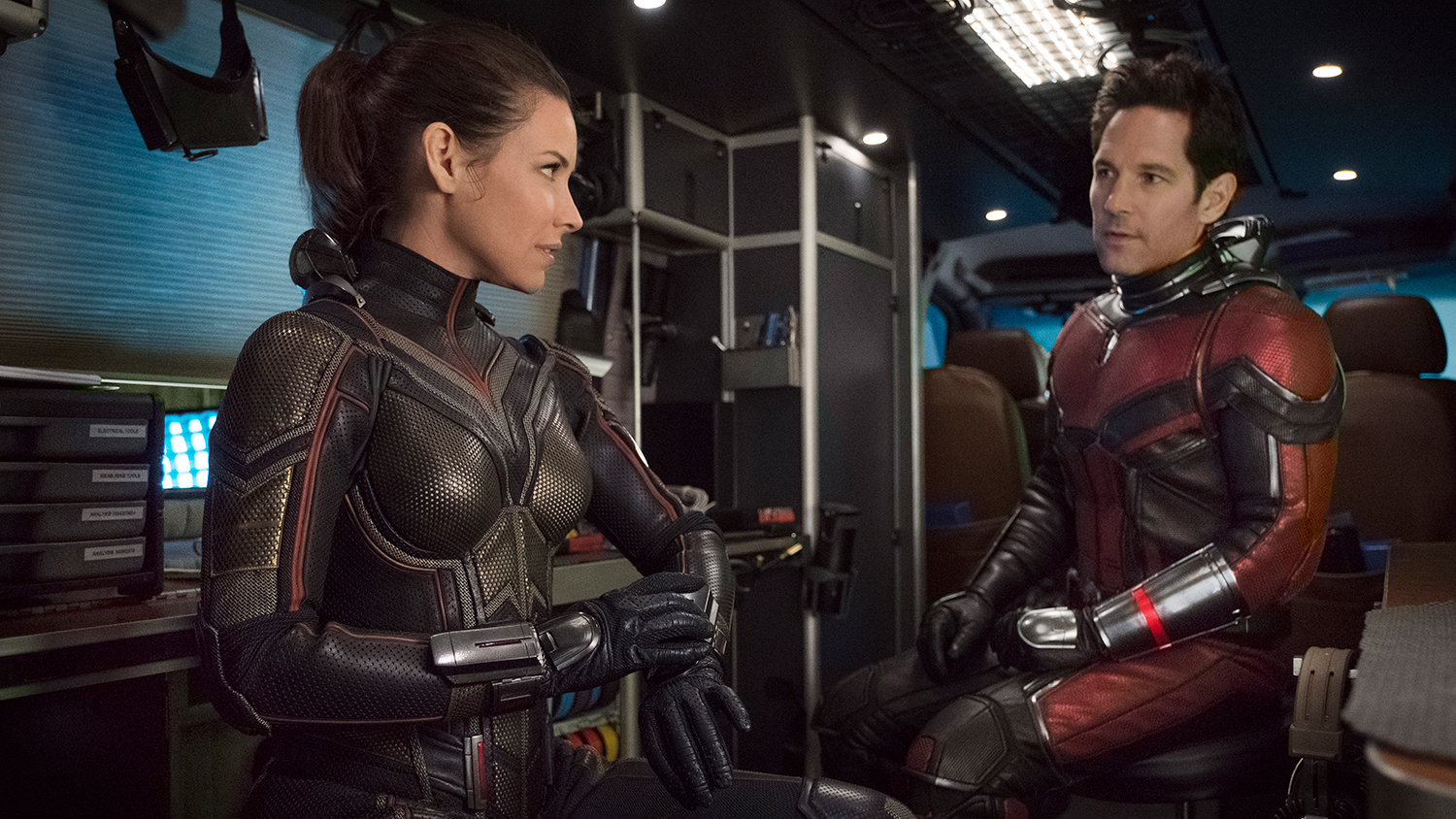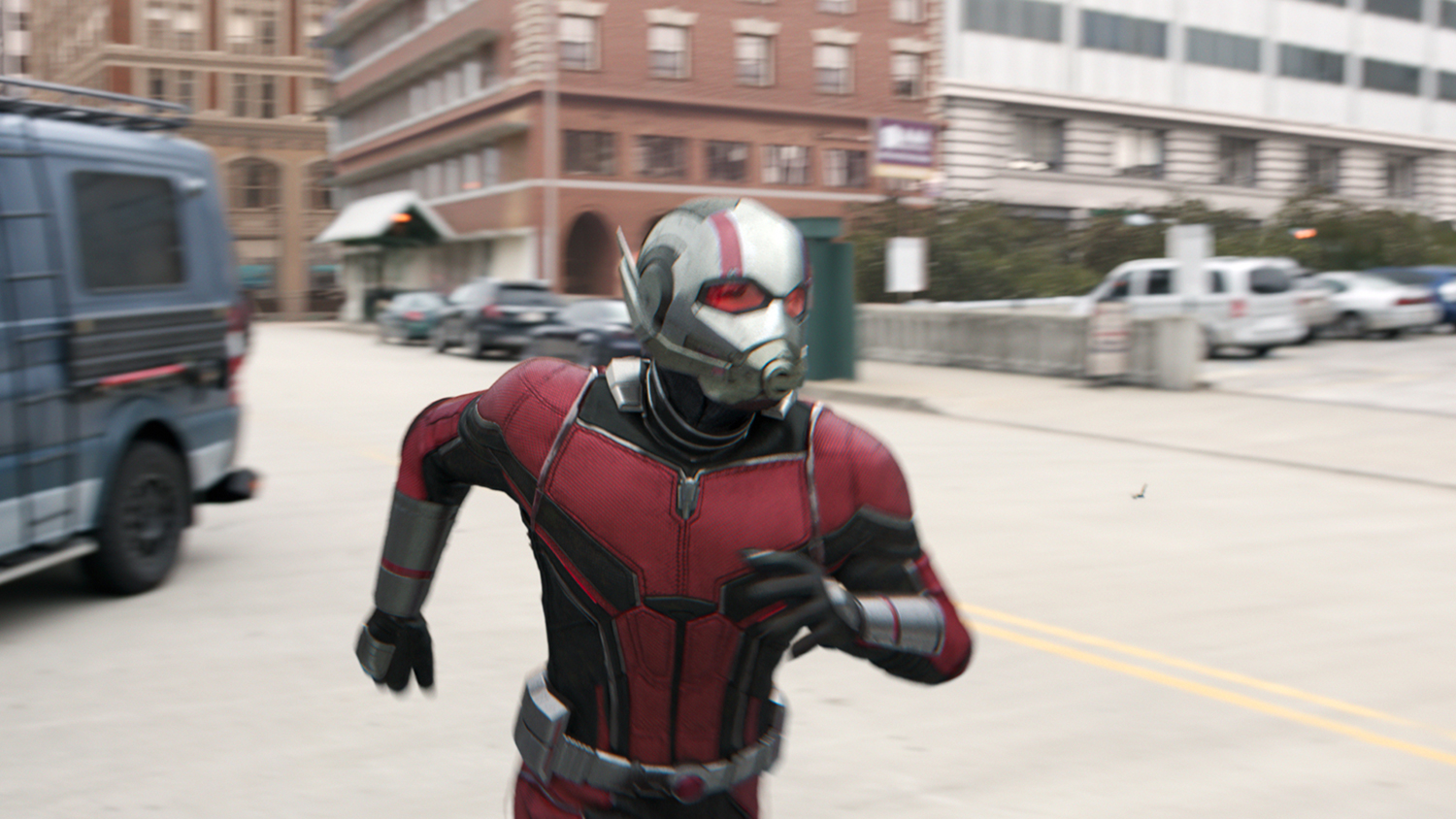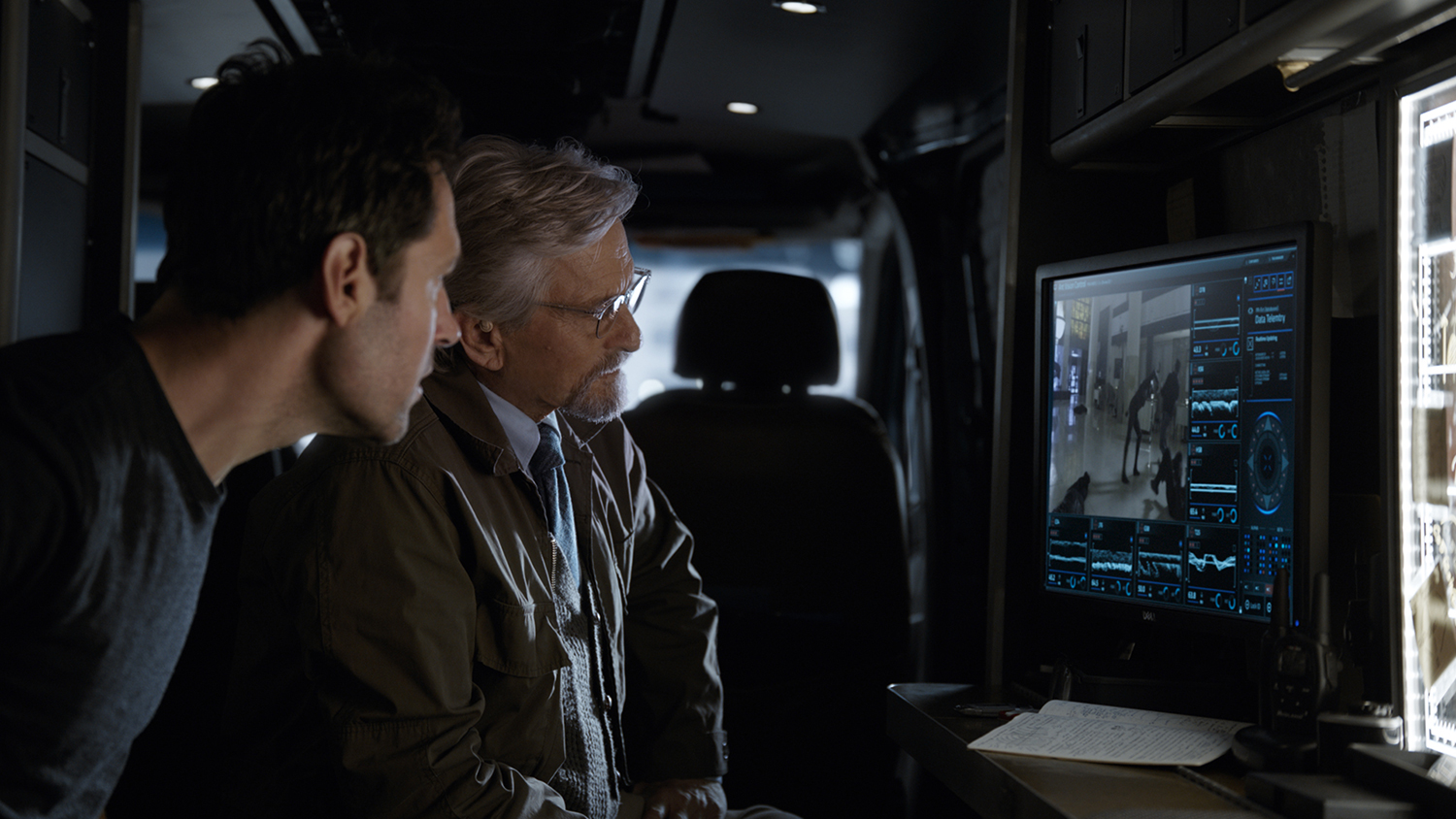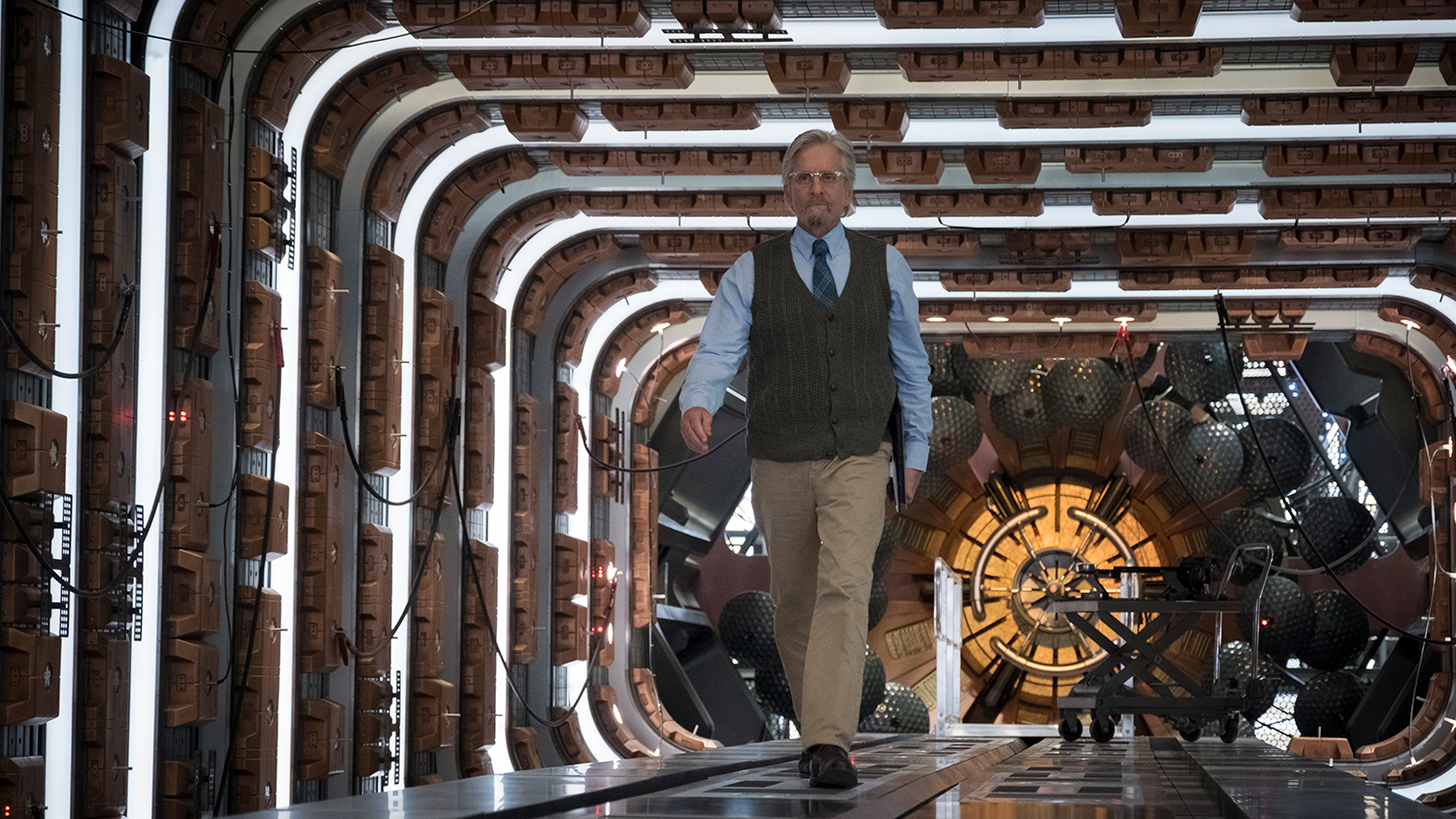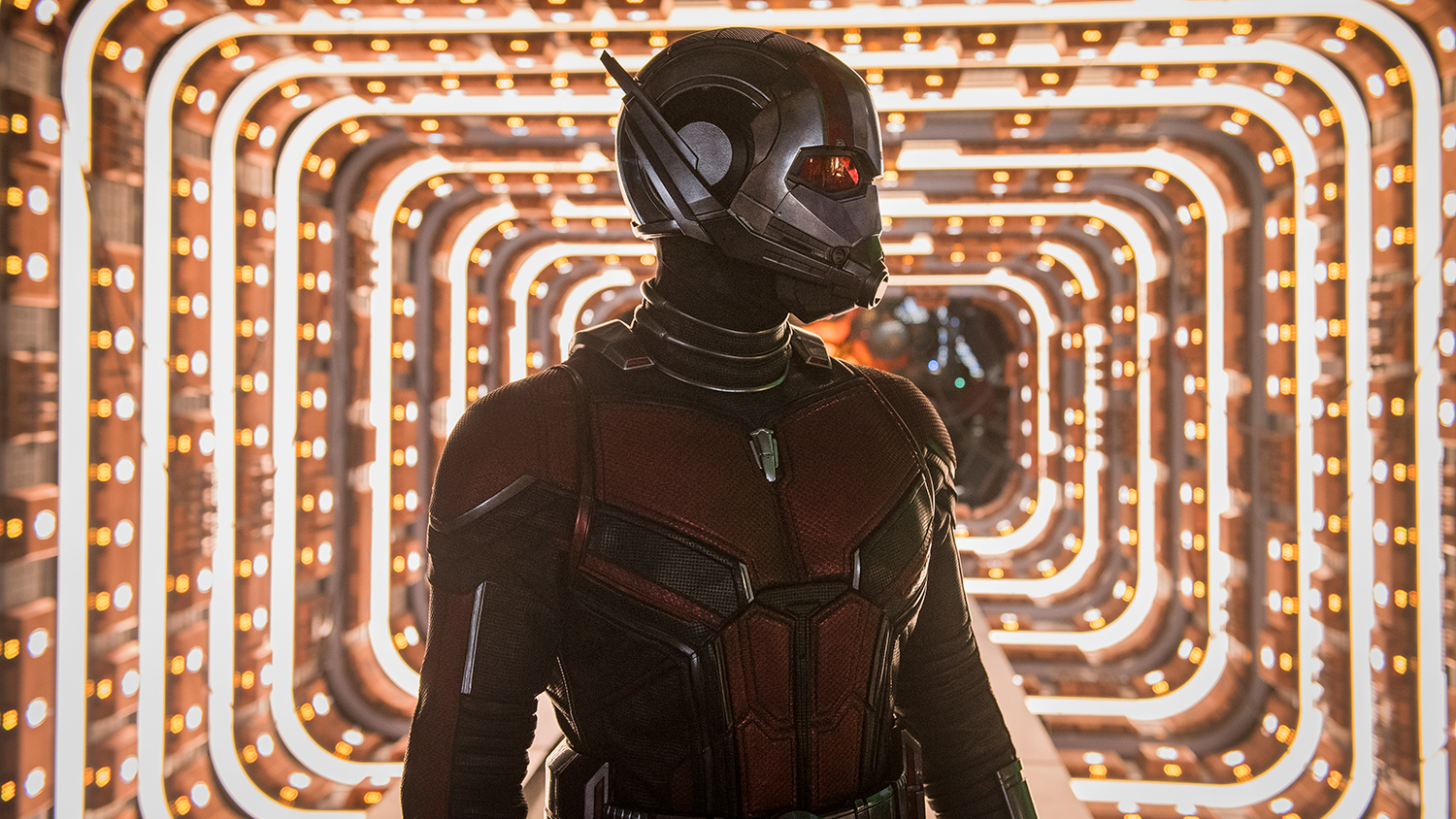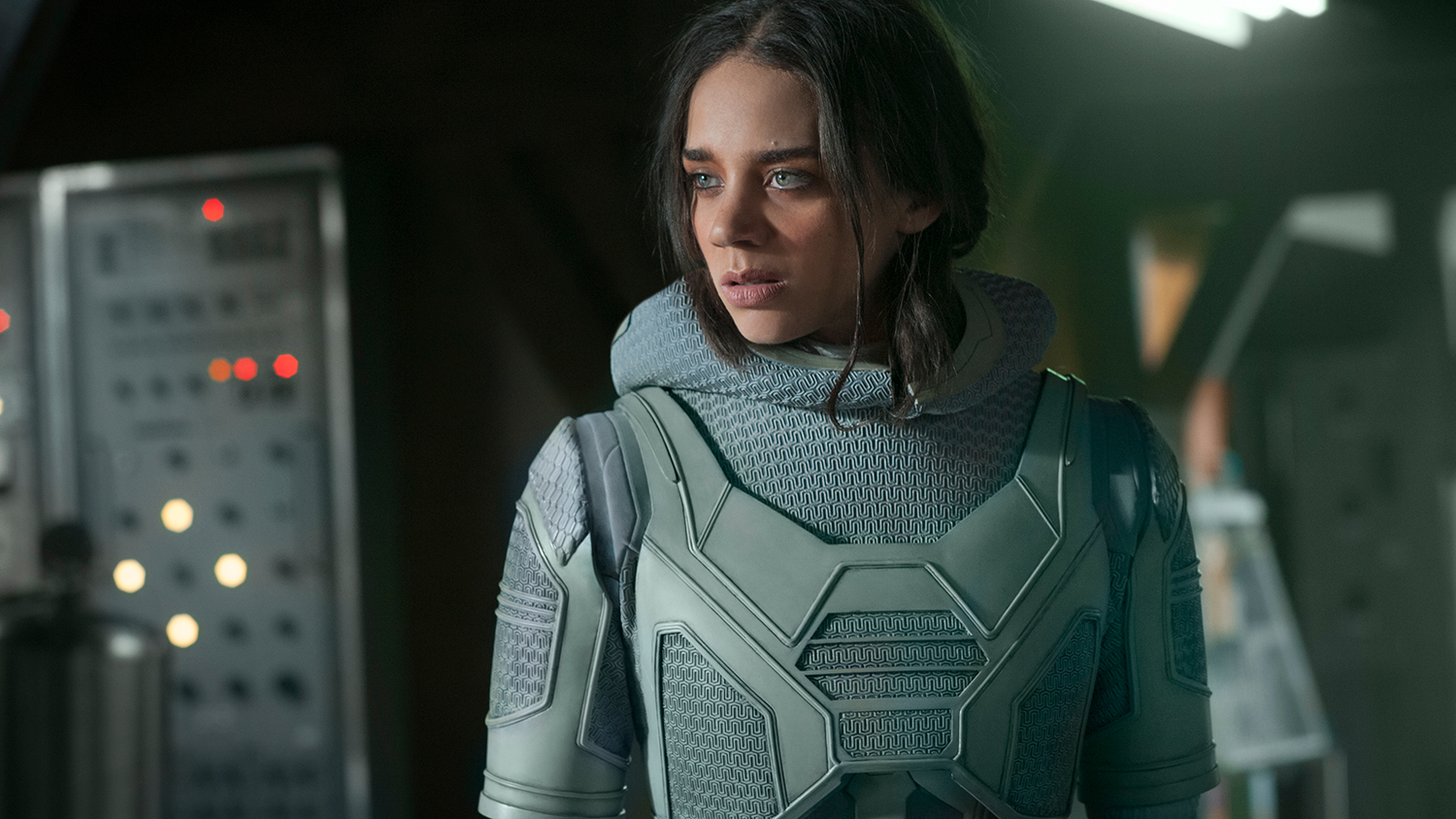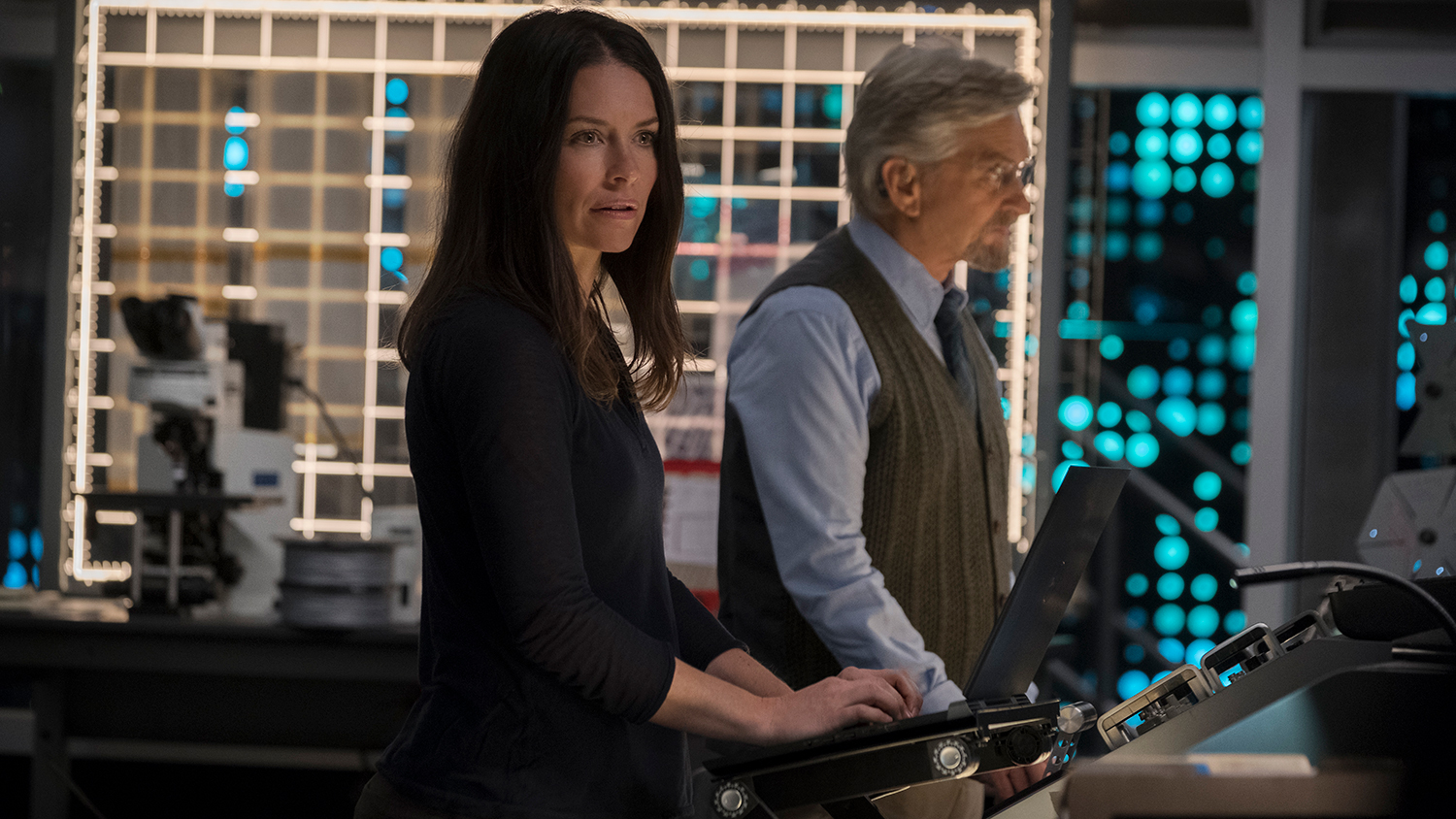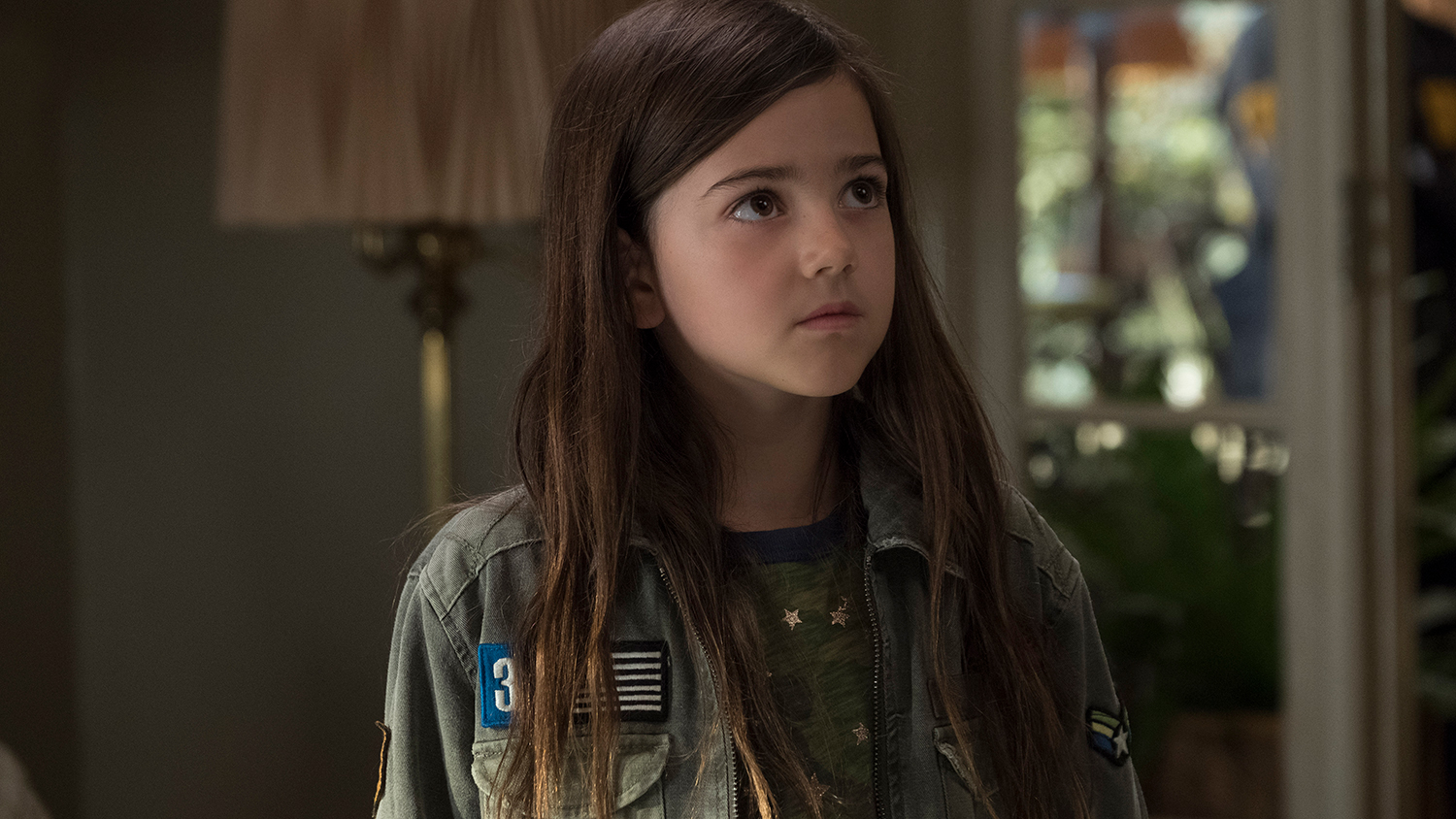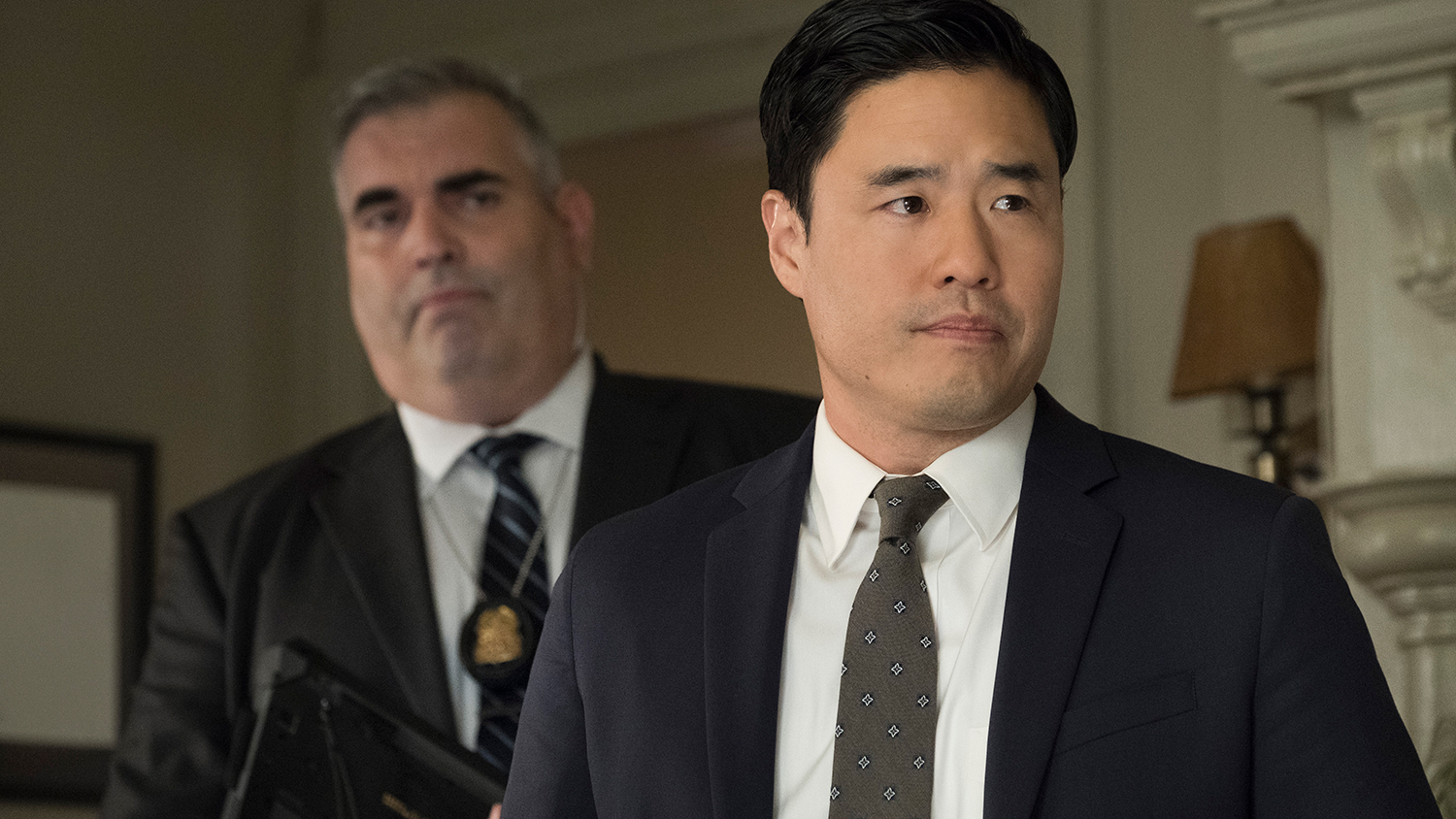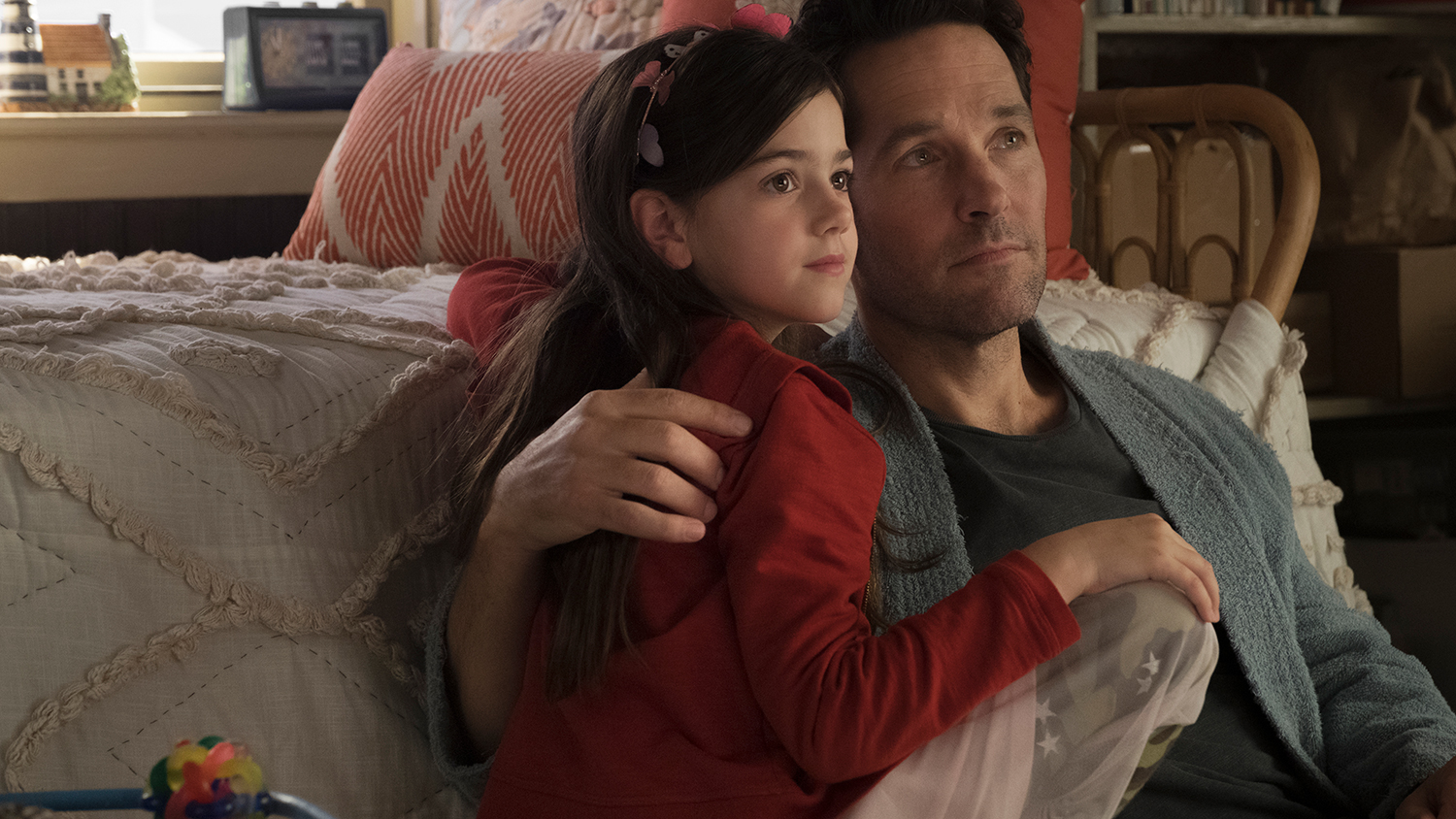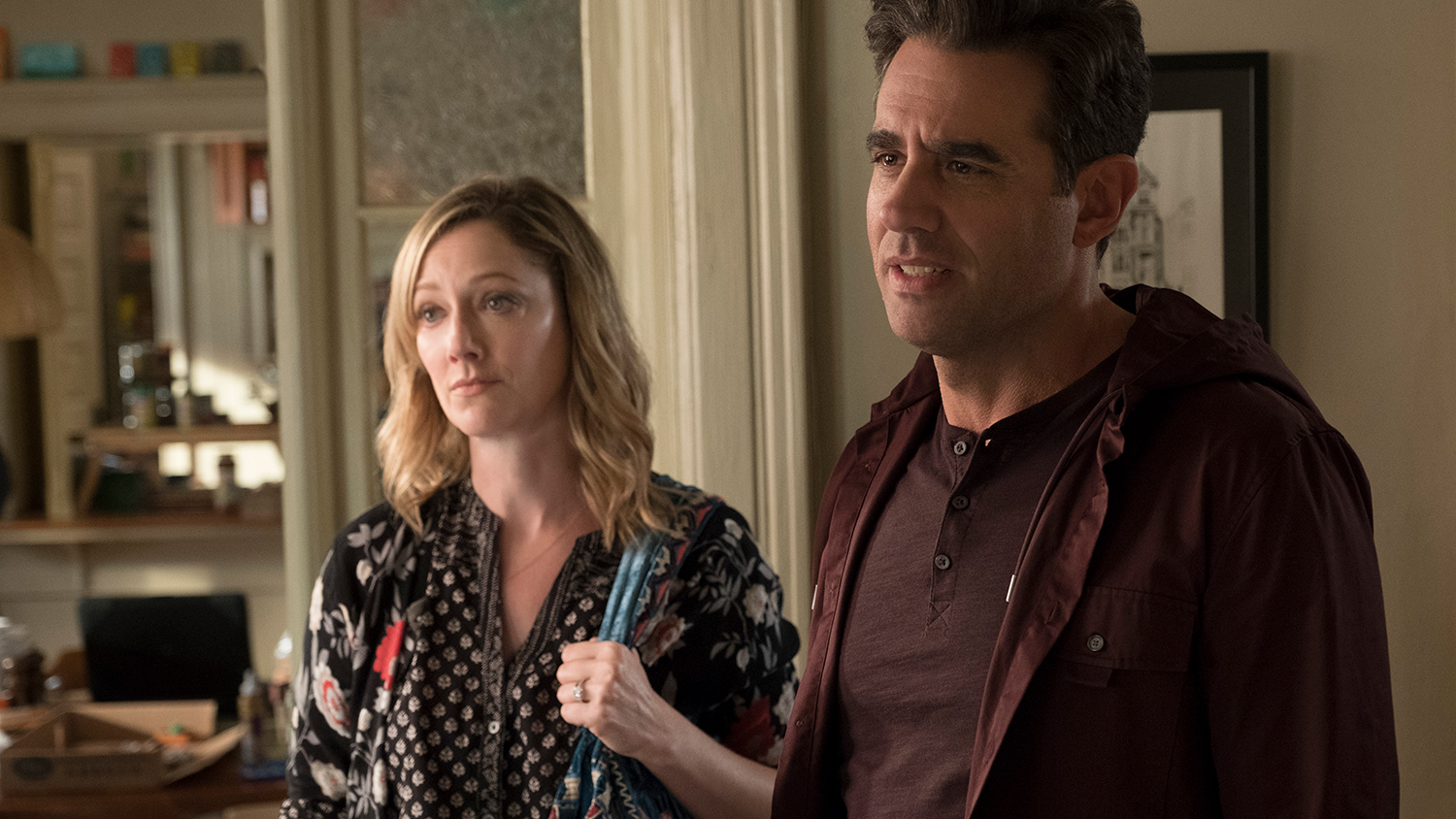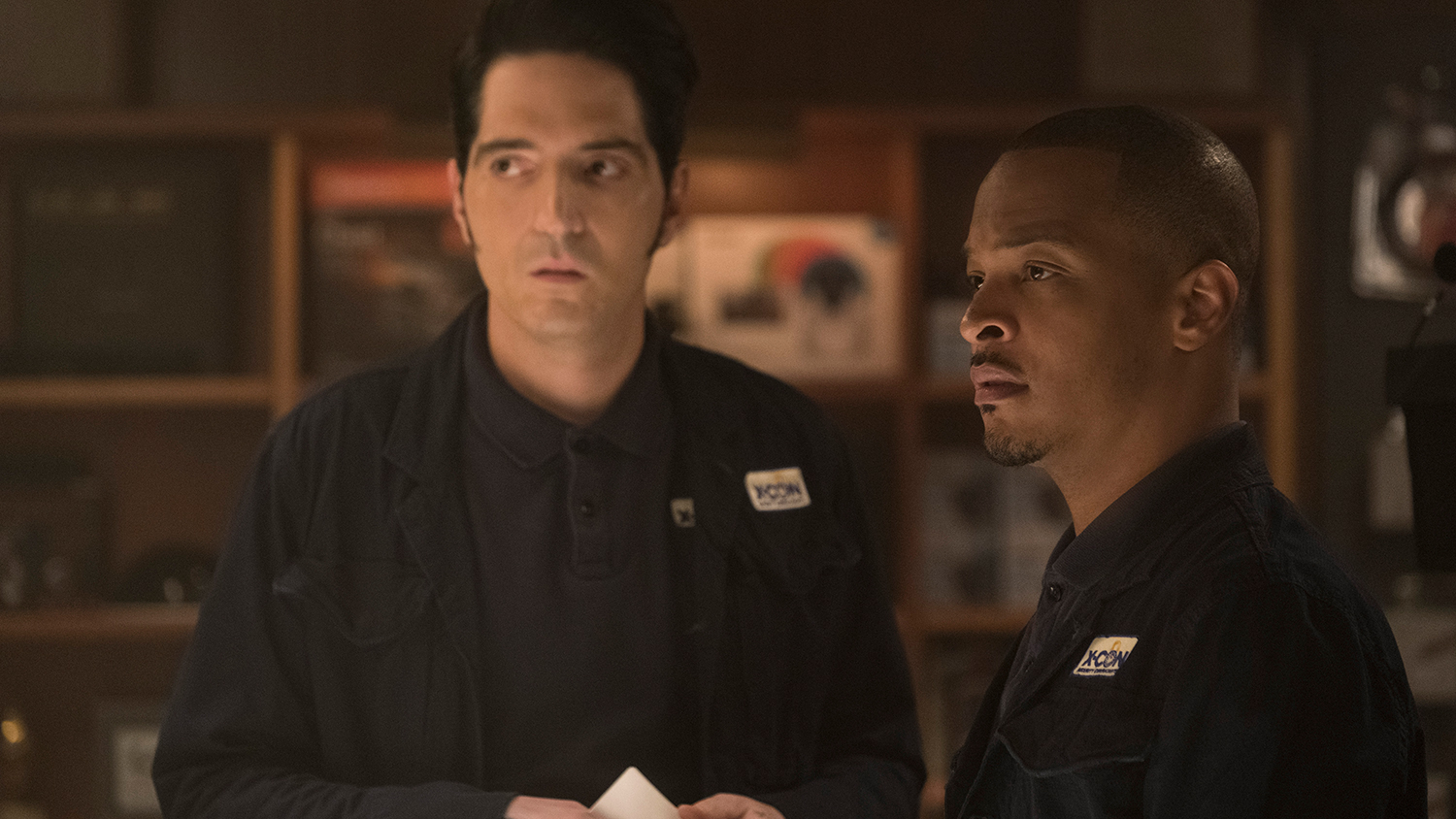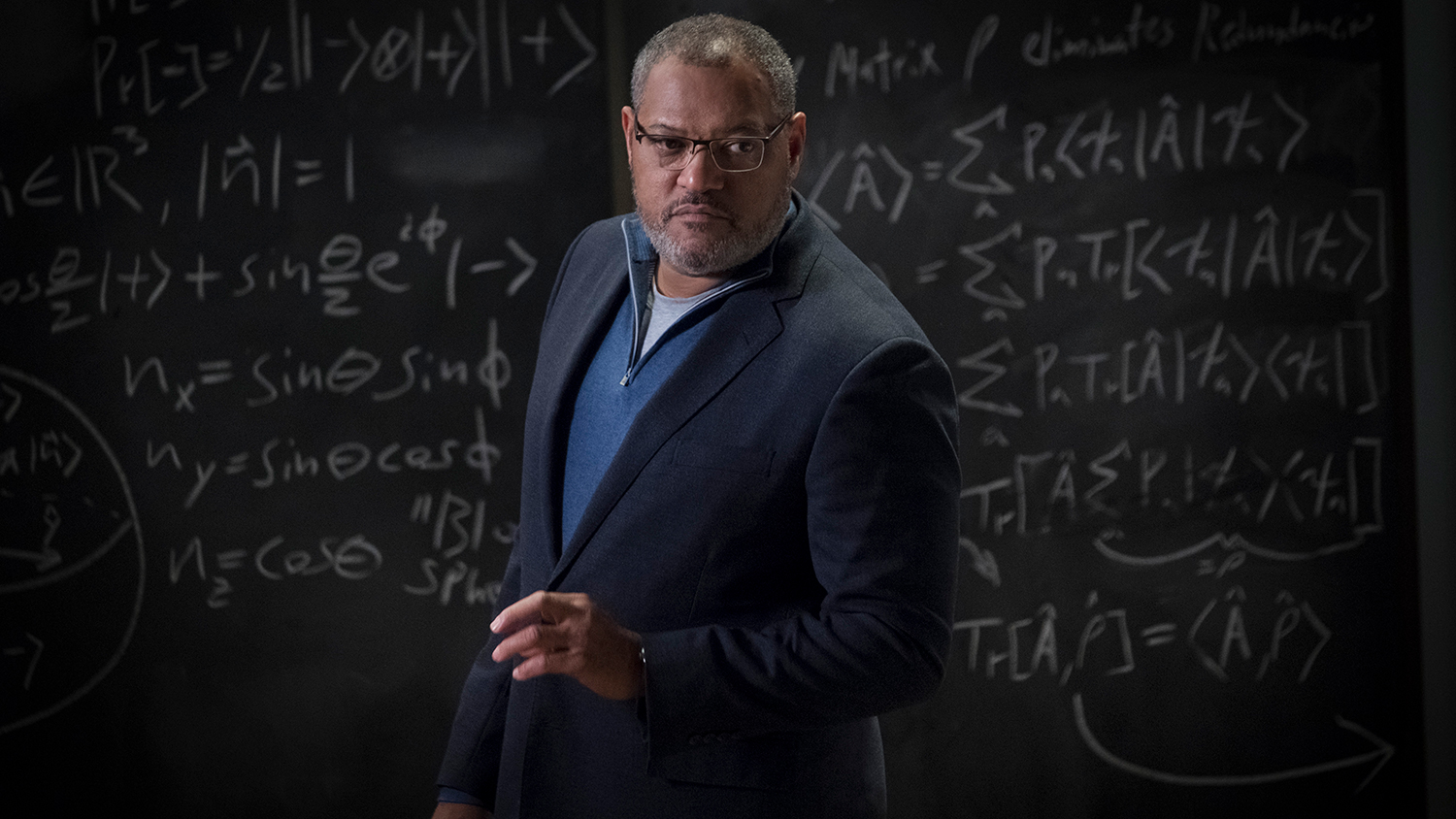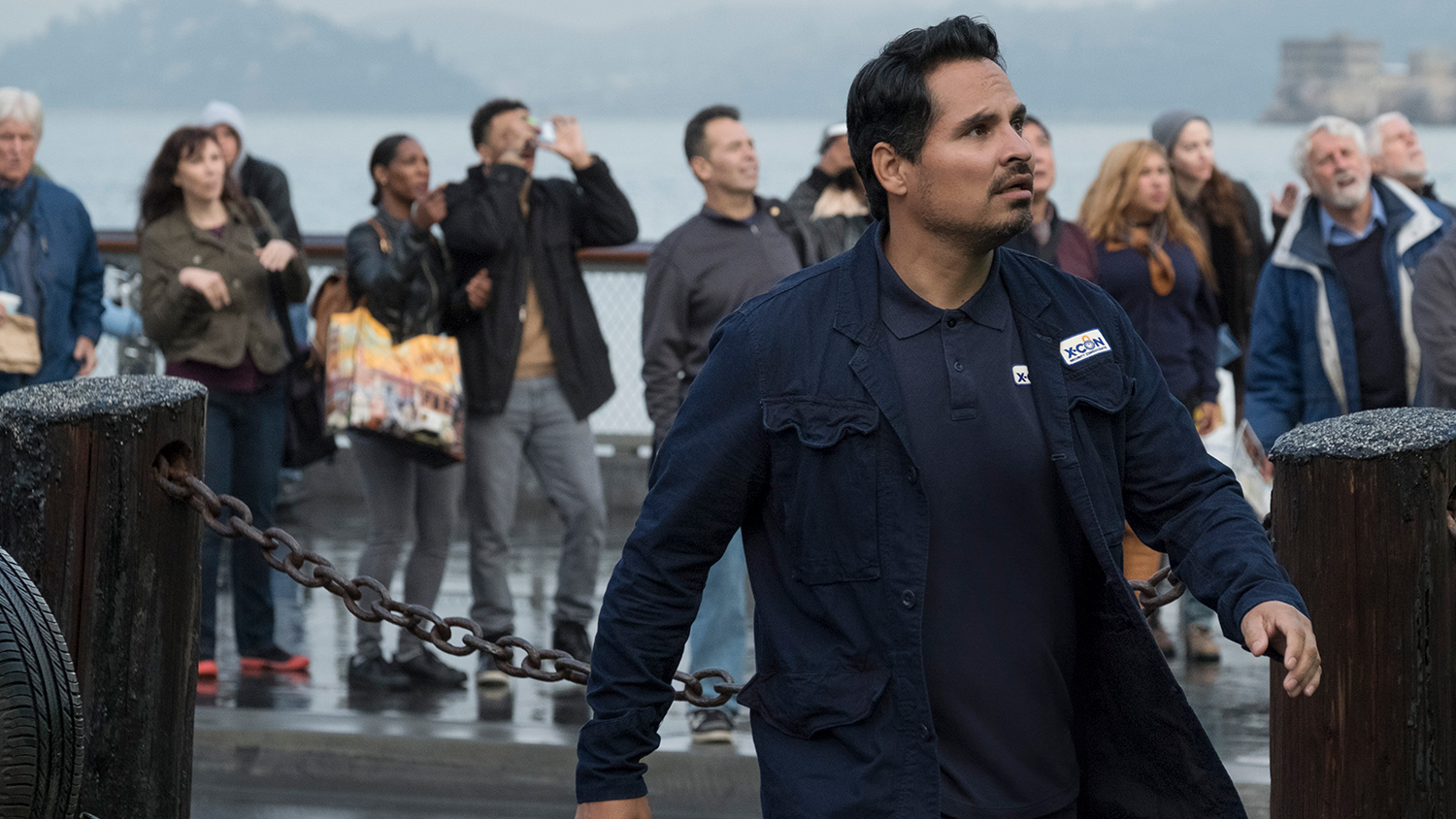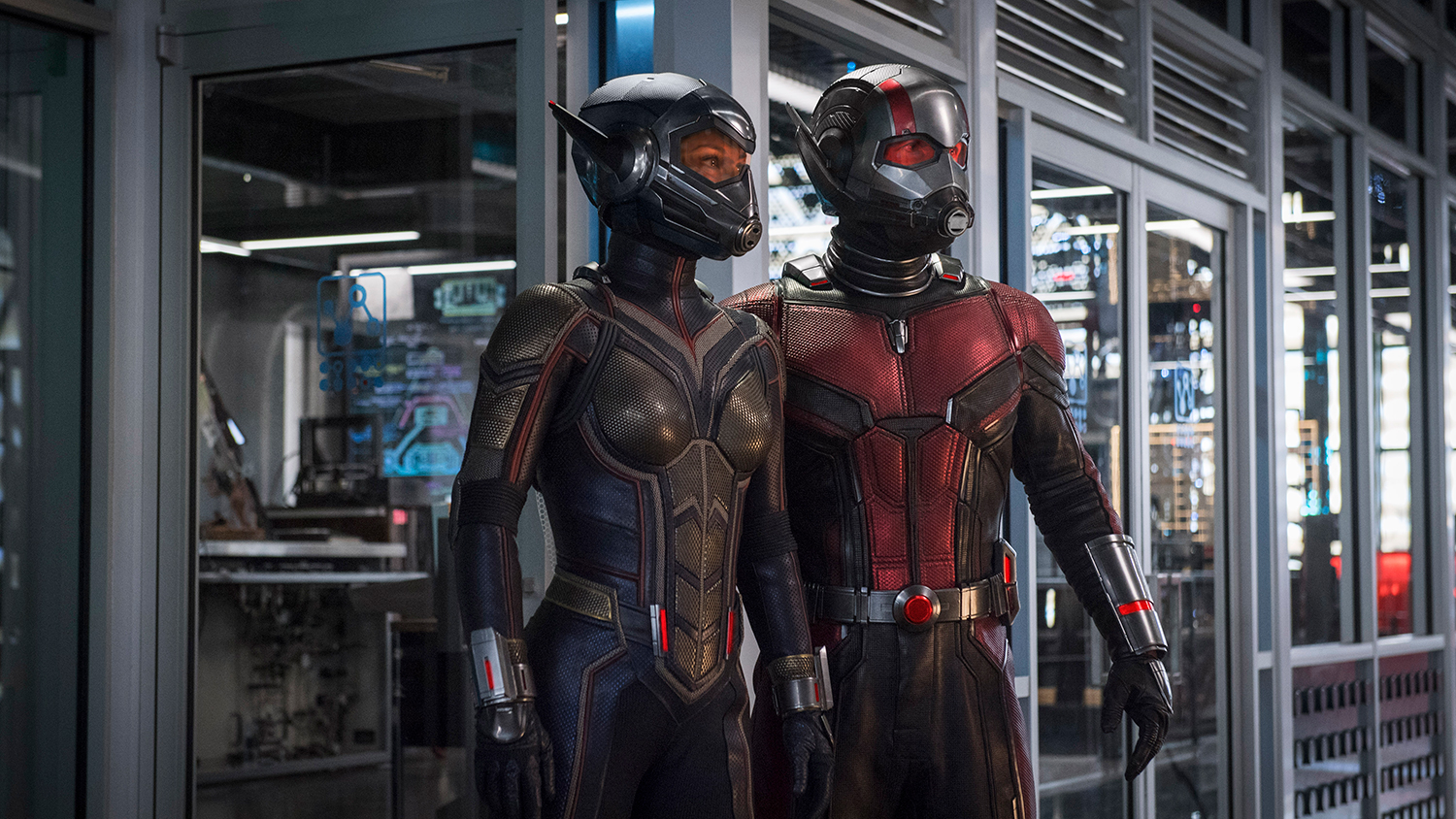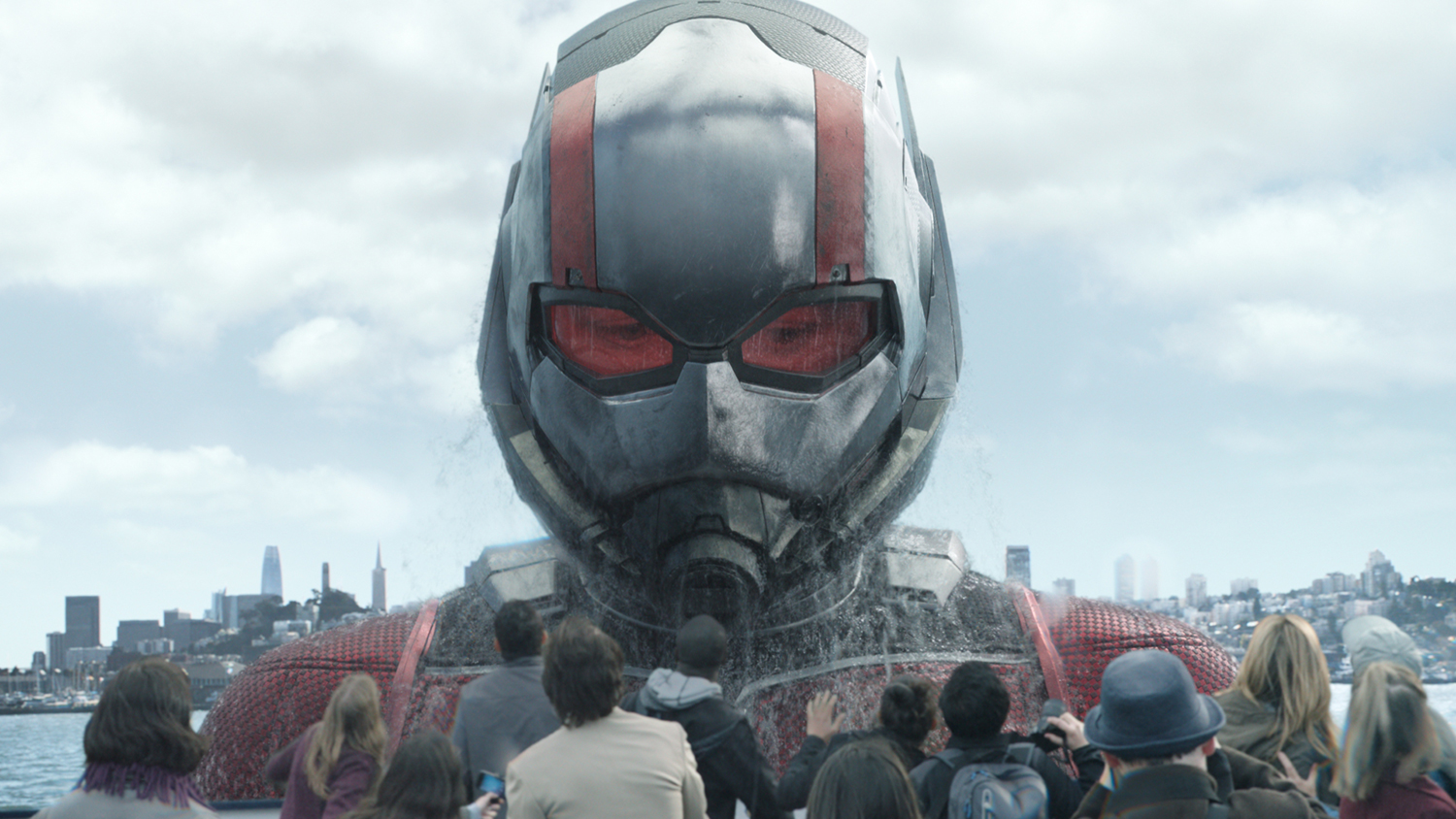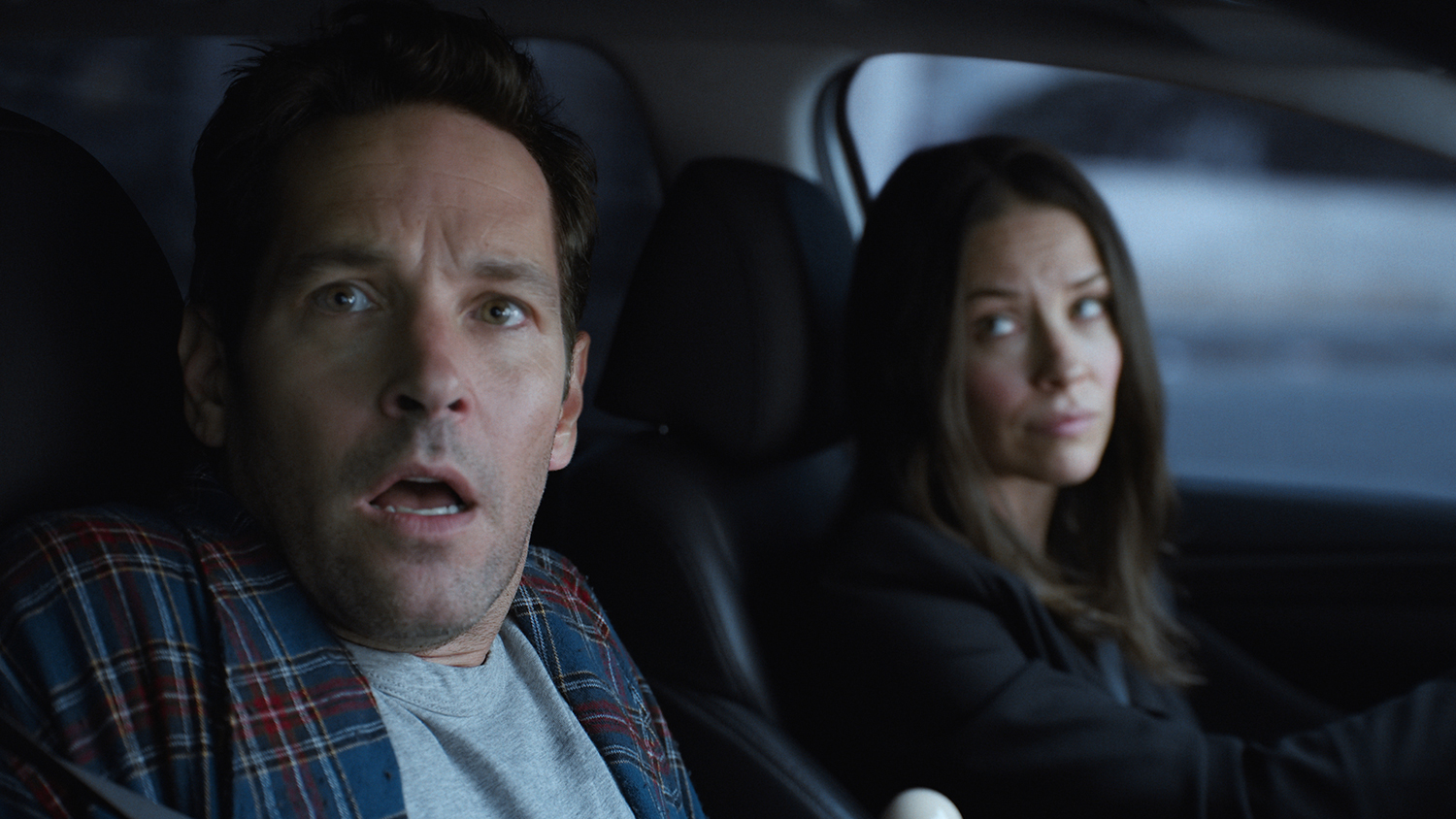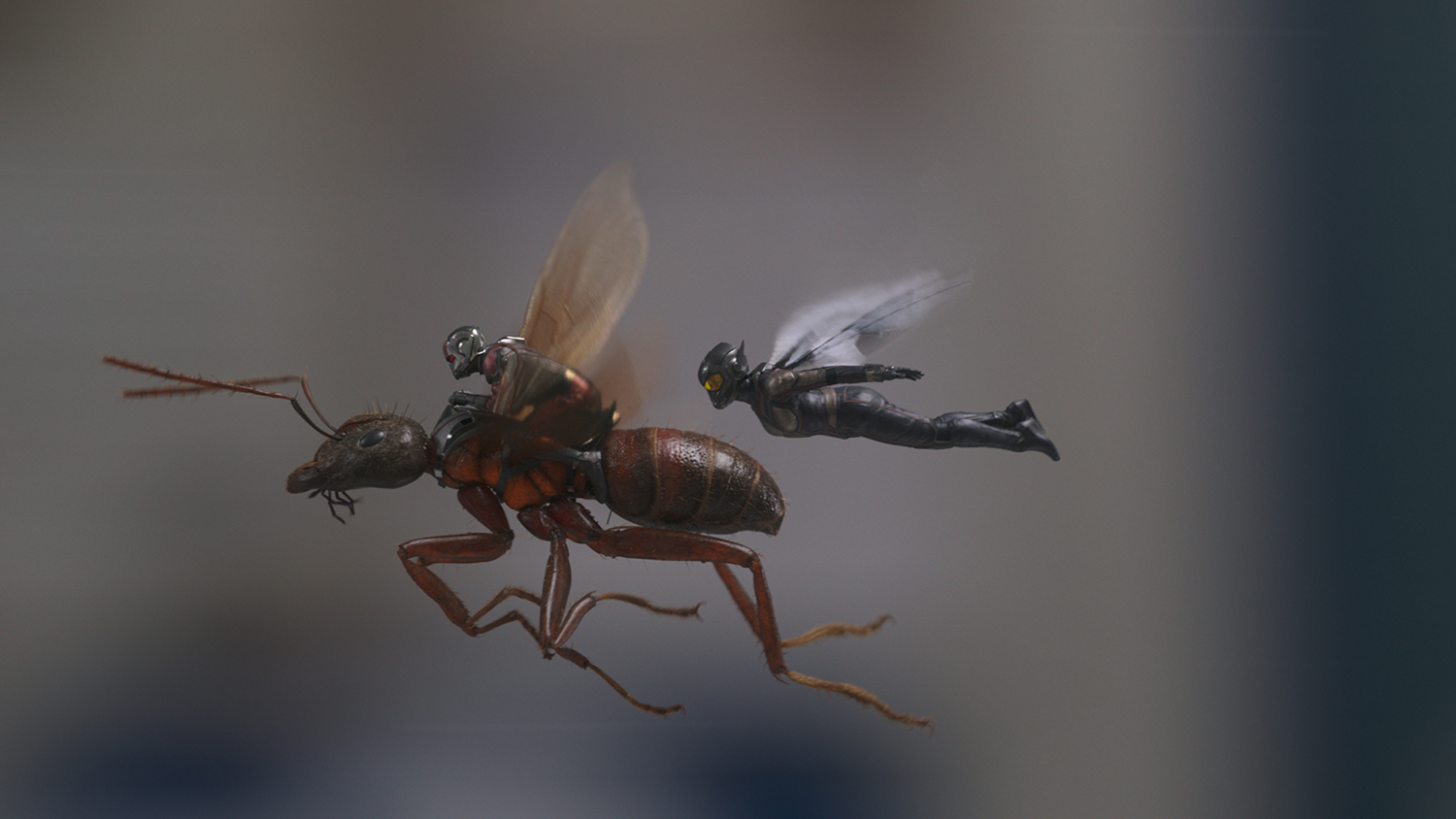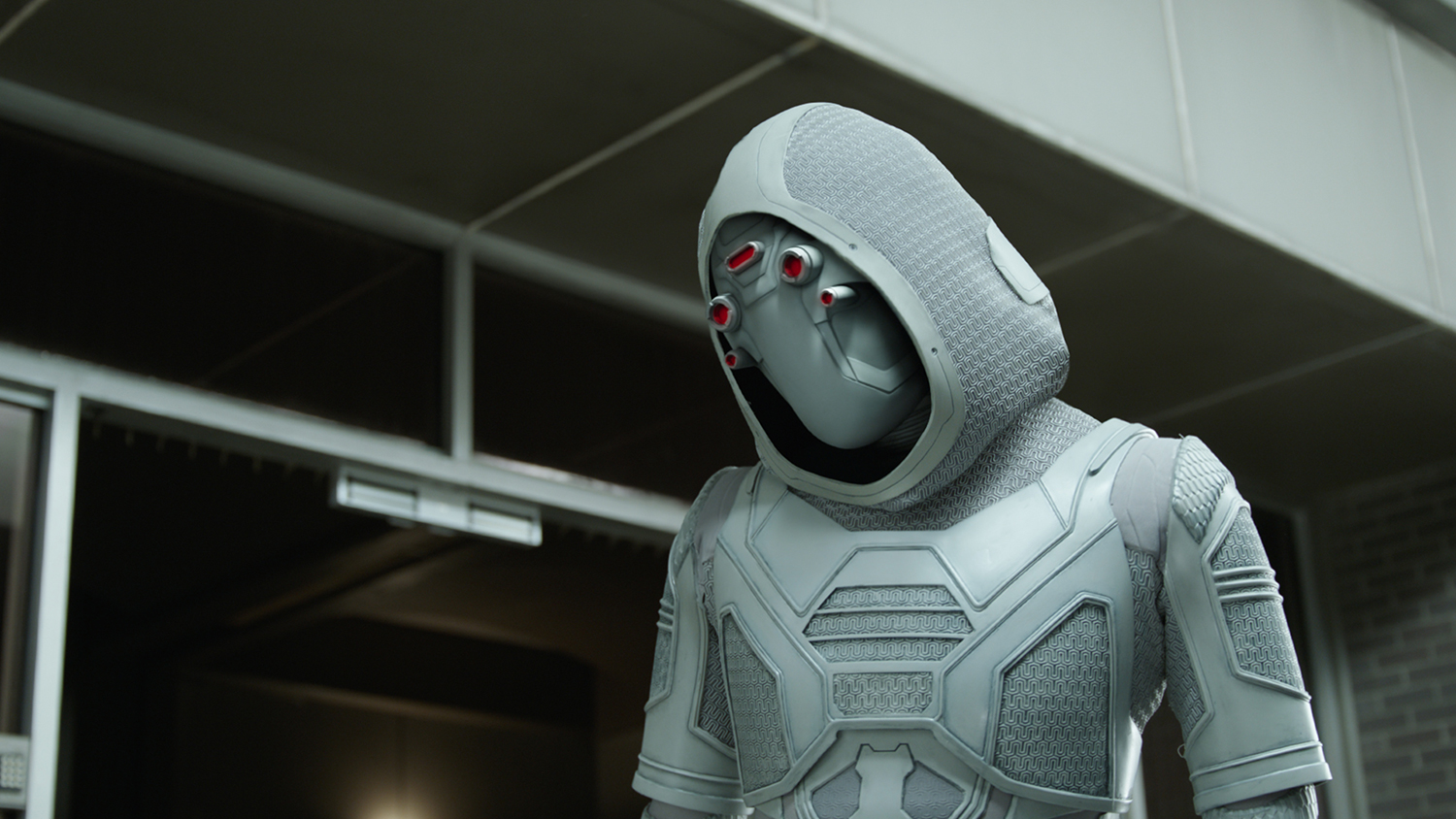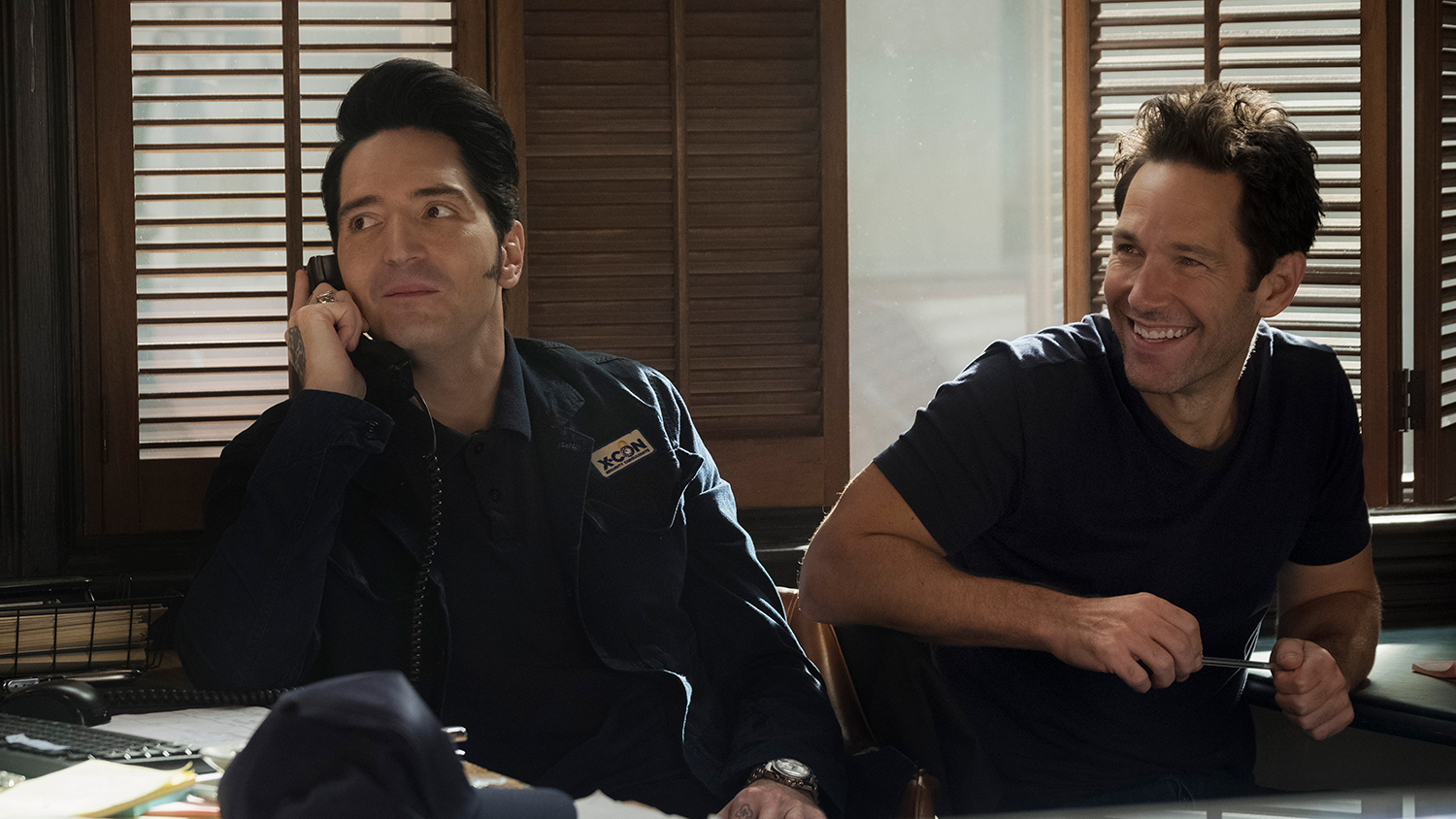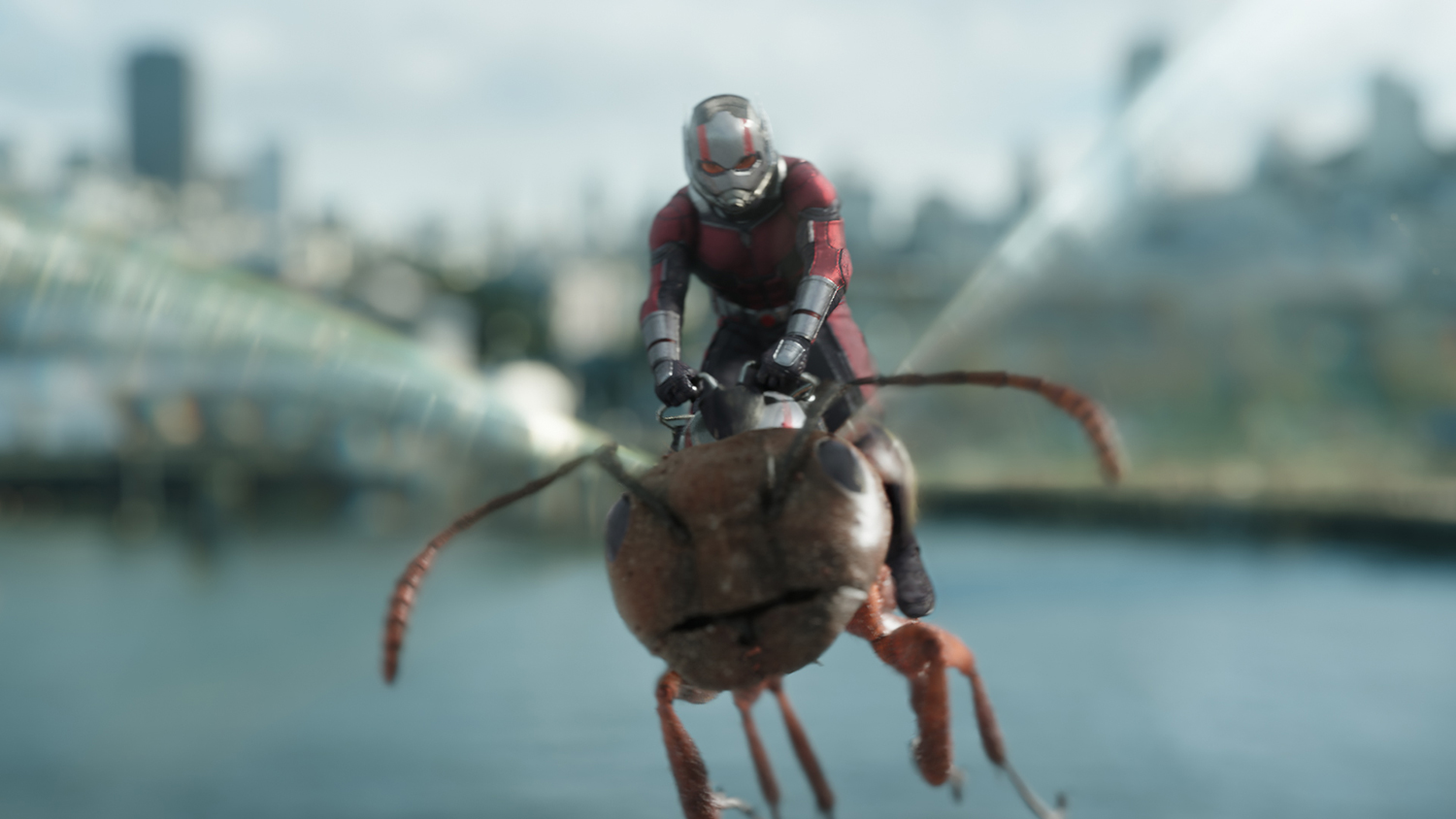Avengers: Infinity War is a tough act to follow.
For the Marvel Cinematic Universe, the movie was the literal culmination of 10 years of stories into a crescendo, with the baddest of bad guys, the highest of stakes, and the biggest glut of characters. Everything built to that moment, and the movie’s ending in particular carried an undeniable emotional impact, even if many viewers told themselves it couldn’t possibly be final, thanks to the economic demands of film franchises.
Just two months later, Ant-Man and the Wasp hits theaters, taking viewers back to events before (and somewhat during) what happened in Infinity War. It’s a lighter, funnier, smaller movie, with more personal stakes and villains that maybe aren’t so villainous.
Positioned in the Marvel timeline after the huge event that was Infinity War, that’s the perfect list of things for an Ant-Man sequel to be. In fact, the movie bodes well for the MCU as a whole.
Away from the action
While Infinity War is developing an interstellar invasion by a hulking villain bent on killing half the people in the universe, Ant-Man and the Wasp dials back to what’s been going on with Scott Lang (Paul Rudd), a.k.a. Ant-Man, Hope van Dyne (Evangeline Lilly). and Hank Pym (Michael Douglas) for the last two years.
The last we saw of Scott, he was helping Captain America (Chris Evans) avoid getting arrested in Captain America: Civil War. That landed Scott in some hot water with the government, and put Hope and Hank on the run. Having used Hank’s undeclared, unregulated shrinking technology to help Cap evade international justice, Scott put the pair in the government’s crosshairs and made them fugitives. Hank and Hope also have a goal of their own: Rescuing Hope’s mother, Janet van Dyne (Michelle Pfeiffer), from the subatomic world known as the Quantum Realm (which Scott briefly entered in Ant-Man) after she vanished there 30 years ago.
Evangeline Lilly takes the reins on the superhero side of the movie.
Naturally, Scott is eventually convinced to assist Hope and Hank in their mission, but really, it’s Hope who’s in charge. Now fully engaged with her persona as the new version of the Wasp, she’s leading the charge to save Janet while Scott is along for the ride. It’s a role Lilly falls into with ease, taking the reins on the superhero side of the movie while Rudd’s character deals with some of the quieter moments, coming to terms with the family side of being a hero, and determining his identity through his role as a partner.
Messing up Hope and Hank’s plans to rescue Janet are a group of low-level criminals, led by Walton Goggins as the equal parts intimidating and bumbling Sonny, who figure out that Hope and Hank have some incredibly valuable quantum technology. At the same time, a spooky new baddie, Ghost (Hannah John-Kamen) appears (and disappears), using “phasing” technology to pass through solid matter to beat up the heroes. Everybody is just trying to get Hank’s tech, which is all located in his lab: A full skyscraper reduced to the size of a rolling suitcase, which makes it just small enough for characters to repeatedly grab it from one another in a series of Macguffin keep-away sequences.
Getting small to get big
Where Ant-Man was a heist movie, Ant-Man and the Wasp is a chase movie, and it’s surprising how well the constant shifts in scale between tiny and huge work with that premise. Director Peyton Reed uses viewers’ familiarity with the first movie to skip any explanation of Ant-Man and Wasp’s powers, and goes straight to using them for full comedic and exciting effect. The heroes beat up criminals by constantly zapping in and out of the action, inventively turning common objects like salt shakers huge and cars tiny.
Ant-Man and the Wasp plays fast and loose with size constantly, which takes the action to a different place than the first movie.
Where the previous film spent much of its run having fun with Ant-Man’s tiny perspective of a huge world, Ant-Man and the Wasp mostly leaves our viewpoint at regular scale, focusing on how tiny characters affect the regular world. Scott also spends most of the movie in a broken, prototype Ant-Man suit that leaves him unable to control his shifts in scale. The funnest parts of the movie (and many of the best jokes) stem from the goofy complications of Scott’s size changes, and coupled with keeping the focus at regular scale, Ant-Man and the Wasp presents size-shifting in a fresh and exciting way that keeps it from becoming just another superhero special-effects gimmick.
Ant-Man and the Wasp keeps size-shifting from becoming just another superhero special-effects gimmick.
The behind-the-scenes drama of the first movie (which Edgar Wright was originally set to direct before he exited) was well-known, but Ant-Man and the Wasp is free of such entanglements and feels more at ease. It’s altogether funnier, for sure, with Rudd and Reid making hay from Scott’s situation as more of an assistant to the geniuses than their leader.
Playing Scott’s daughter, Cassie, actress Abby Ryder Fortson is a standout as Scott’s conscience and drive, with some of the movie’s best lines. Reed also smartly increased Michael Peña’s role as Scott’s best friend and business partner, Luis, who serves as a hilarious sidekick to remind us just how over-the-top bonkers constantly shrinking and growing is. Yes, his storytelling gag is back, and yes, it’s even better than last time.
The real success of Ant-Man and the Wasp, though, is that it’s able to be a smaller story and still feel right at home in the MCU. There are no universe-shaking implications of the action, no colossal bad guy so evil he doesn’t even realize how evil he is. In fact, there’s an argument to be made that Ant-Man and the Wasp doesn’t even really have a villain. Ghost is positioned as an antagonist, but her circumstances, not her ideology, put her at odds with the heroes. John-Kamen brings an emotional depth to the character that makes her just as relatable as anybody else, but she’s in Scott and Hope’s way as they try to save Janet, and they’re in her way.

That all works in the movie, and what’s more, it proves that the MCU doesn’t have to keep ratcheting things up to higher levels with each new film. Like the characters of Ant-Man, the MCU can do small. It can tell a story in which the stakes really only matter to 10 or so characters, and still make it feel sufficiently super-heroic. It can fit lighter comedies under its umbrella, and they can still carry an emotional weight that makes their stories feel like they matter to the larger cinematic universe.
Ant-Man and the Wasp shows all that, and it’s a lesson Marvel should take away to other corners of its giant, interconnected story.
By bringing things down to a more human level and showing fans that there’s more to the MCU than the constant threat of the end of the world, Ant-Man and the Wasp makes the MCU bigger by going a little smaller.
